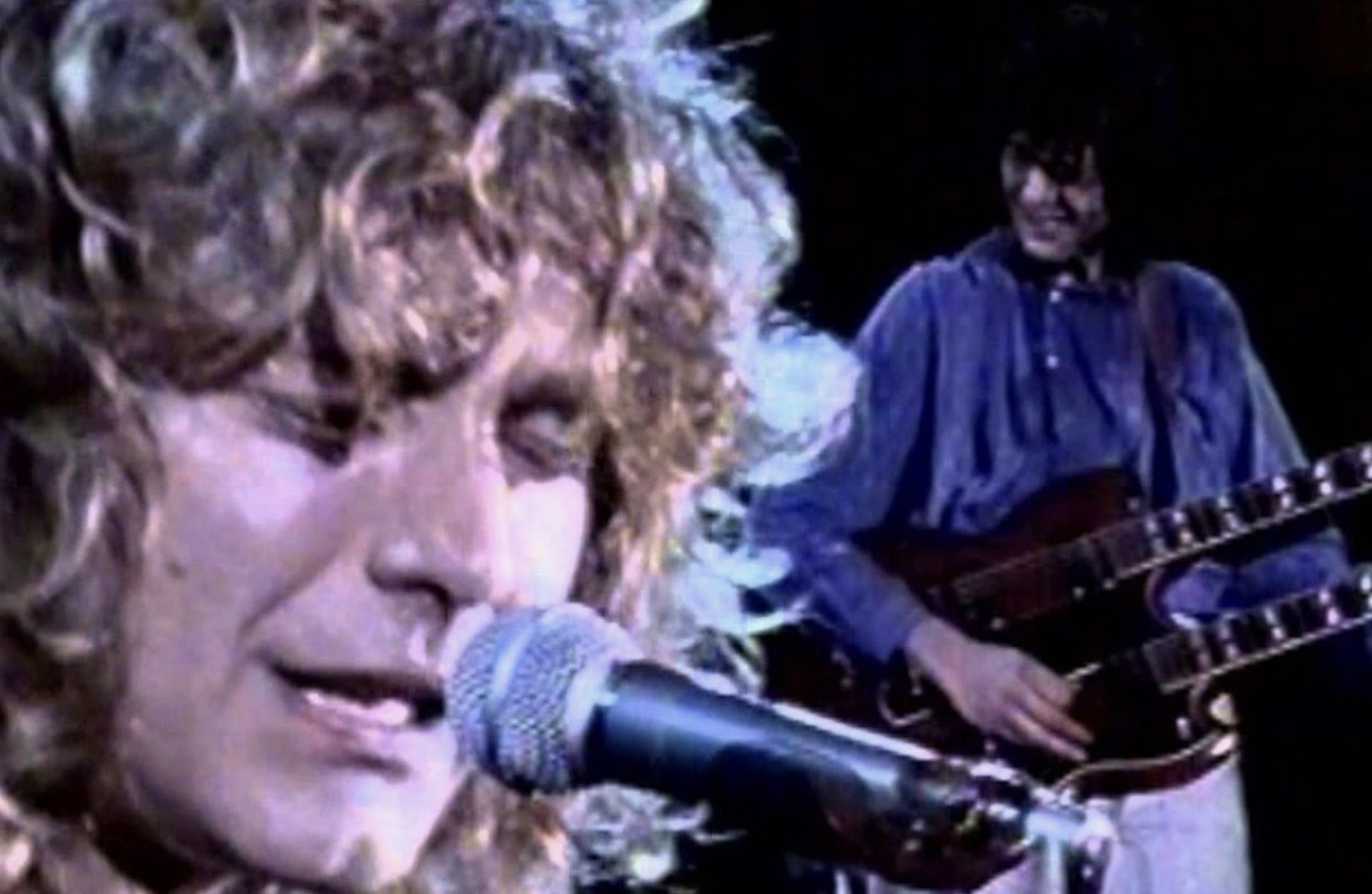
About the Song
Few bands have managed to capture the ethereal and the earthy quite like Led Zeppelin. Their music, a potent blend of blues, folk, and hard rock, continues to resonate decades after its creation. Among their vast and varied catalog, certain tracks stand out as testaments to their musical genius. One such piece, a true masterpiece of composition and atmosphere, is “The Rain Song.” This isn’t just a song; it’s an experience, a journey through sonic landscapes that evoke a sense of timeless beauty and melancholy.
Released on their 1973 album, Houses of the Holy, “The Rain Song” marks a distinct departure from some of their more bombastic, riff-driven tracks. It’s a study in contrasts, a delicate balance of gentle acoustic passages and soaring, majestic crescendos. The song opens with a hauntingly beautiful melody played on a Mellotron, an early sampling keyboard that gives the introduction a distinctly orchestral feel. This sets the stage for Robert Plant’s vocals, which are delivered with a rare tenderness and vulnerability. His voice, usually known for its powerful wails and screams, here takes on a softer, more introspective quality, perfectly complementing the song’s melancholic mood.
The lyrics, while somewhat cryptic, paint a vivid picture of longing and reflection. They speak of changing seasons, of love lost and perhaps regained, and of the enduring power of memory. The imagery is rich and evocative, drawing the listener into a world of poetic symbolism. There’s a certain timeless quality to the words, as if they could have been written centuries ago or just yesterday. This timelessness is further enhanced by the song’s musical structure, which draws on elements of classical music and traditional folk.
One of the most remarkable aspects of “The Rain Song” is its dynamic range. It builds gradually, starting with a quiet, almost whispered melody and slowly adding layers of instrumentation until it reaches a powerful, emotional climax. John Paul Jones’s contributions on bass and Mellotron are crucial to this dynamic build, providing a solid foundation for the other instruments while also adding subtle textures and colors to the soundscape. John Bonham’s drumming, though relatively restrained compared to his work on other Led Zeppelin tracks, is still essential to the song’s overall feel. His subtle cymbal work and understated rhythms provide a gentle pulse that drives the song forward without ever overpowering the other elements.
Of course, no discussion of Led Zeppelin would be complete without mentioning Jimmy Page. His guitar work on “The Rain Song” is nothing short of masterful. He weaves delicate acoustic fingerpicking with soaring electric guitar lines, creating a tapestry of sound that is both intricate and emotionally resonant. The guitar solo, in particular, is a highlight of the song, a melodic and expressive outpouring that perfectly captures the song’s melancholic beauty. It’s a testament to Page’s ability to create atmosphere and emotion through his playing, eschewing flashy displays of technical virtuosity in favor of serving the song. The use of open tunings also gives the song a unique and distinctive character, adding to its otherworldly feel.
“The Rain Song” is not a song to be listened to casually. It demands attention, inviting the listener to immerse themselves in its rich tapestry of sound and emotion. It’s a testament to Led Zeppelin’s versatility and their ability to create music that transcends genre and time. It remains a fan favorite and a shining example of their musical genius, a poignant and beautiful reminder of the power of music to evoke deep emotions.